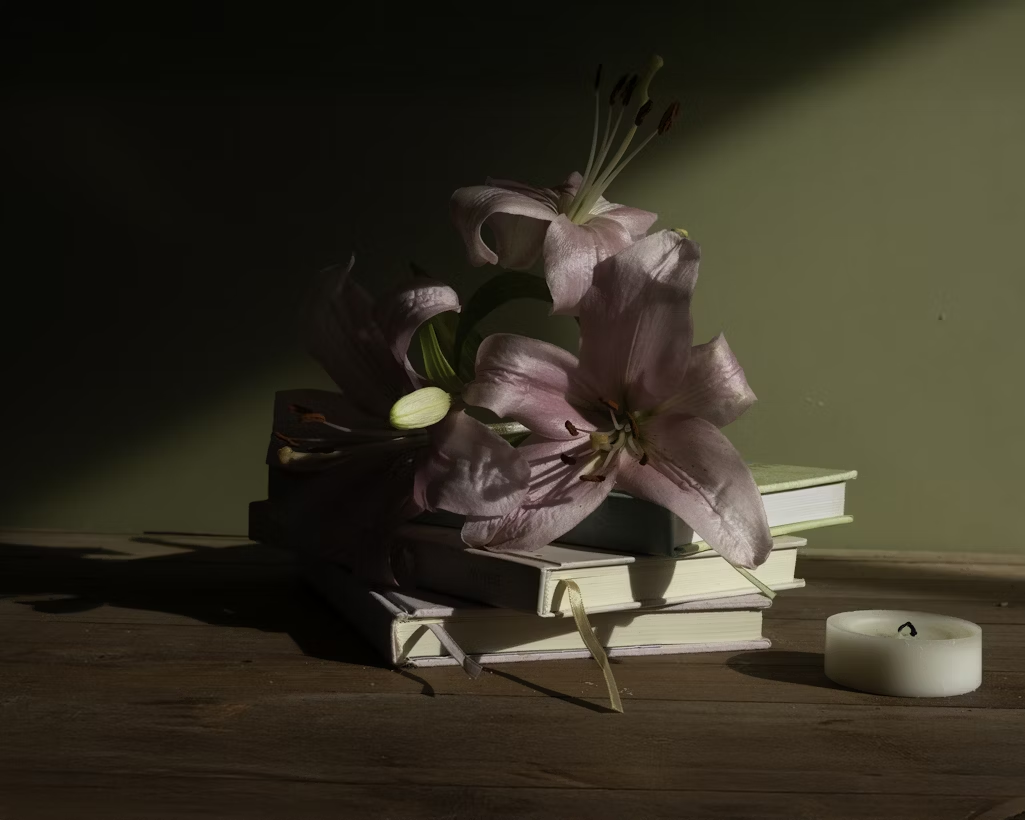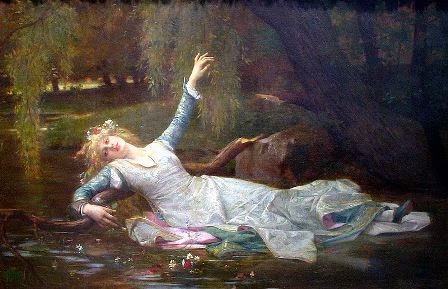Flowers are shorthand for feeling. In the hands of a poet or novelist they become compact stories: a rose can be love, a poppy can be forgetting, and a single sprig of rosemary can hold a household’s memory. Across cultures and centuries writers have relied on floral imagery because flowers are sensory, layered and instantly readable — they smell, they fade, they carry history. This piece looks at how flowers work on the page, what certain blooms traditionally mean, and how those meanings still shape the way we give and receive flowers today.
Why flowers matter on the page
Flowers do a lot of heavy lifting for writers. They are:
- Sensory anchors — scent and colour conjure atmosphere more quickly than description alone.
- Portable symbols — a single stem can stand in for a whole relationship, a political mood or a memory.
- Flexible motifs — the same bloom can signify different things depending on context and tone.
- Culturally coded — meanings shift between languages and eras, which gives authors subtle ways to comment on society.
Because of that flexibility, flowers are ideal for poets who love compression and novelists who want to show rather than tell.
Common literary flowers and what they often mean
- Rose — love and contradiction.
The rose’s perfume, thorns and layered petals make it a classic symbol of romantic love and its costs. Shakespeare’s famous line about a rose’s name underlines how the flower stands for an essence beyond words. - Rosemary / Pansy / Violets — memory and thought.
In Hamlet, Ophelia’s distribution of rosemary for remembrance and pansies for thoughts remains the clearest example of flowers used as explicit language: the stems themselves ferry a message. - Lilac — mourning and the ache of loss.
Lilacs often appear in elegiac poetry. Walt Whitman’s use of lilacs after Lincoln’s assassination linked the bloom to public grief and private remembrance. - Daffodil — joy, solitary delight and memory.
Wordsworth’s daffodils are a study in how a simple field of flowers becomes a lasting emotional storehouse: the memory of light and movement returns to the speaker as consolation. - Poppy — sleep, forgetting and remembrance.
Poppies carry contradictory associations: opiate sleep and sensual escape on one hand, and wartime remembrance on the other. Poets and war poems have layered both meanings to haunting effect. - Lily — purity, resurrection and solemnity.
Lilies inhabit sacred and funerary spaces in literature. Their vertical form and often white colour make them useful when writers want to signal both beauty and solemn transition. - Orchid — exotic desire and artifice.
Orchids tend to signal refined, sometimes dangerous desire: rare and cultivated, they can indicate characters who are mesmerising but aloof. - Wildflowers — freedom, fleeting youth and the local landscape.
Where cultivated blooms speak class and ritual, wildflowers often invoke spontaneity, childhood and a sense of place. Pastoral poems frequently treat them as emblems of an unbothered world.

How writers use floral symbolism (in practice)
- To condense emotion: a single bloom can replace pages of exposition.
- To map character: what a character tends to give or keep in a vase reveals their temperament.
- As motif or leitmotif: repeated floral images can track a relationship or theme across a work.
- To complicate meaning: an ostensibly romantic flower can be used ironically to reveal danger or decay.
- To anchor setting: native flowers situate a text geographically and historically.
Using floral symbolism today: gifts, styling and intention
If you enjoy the literary language of flowers, you can use it in small, thoughtful ways:
- Choose a bloom that fits the sentiment — rosemary for remembrance, a single rose for private affection, freesia for trust.
- Pair flowers with a short line from a poem or a handwritten note that explains your choice. A small annotation makes the gesture feel intentional.
- Think about contrast: a white lily in a contemporary, pared-back vase says something different from a white lily in an ornate, traditional arrangement.
- Remember cultural differences: white flowers signify mourning in some cultures and weddings in others.
Quick reference: match a intent to a floral image
- Apology — delicate sweet peas or freesia.
- Congratulations — bright gerberas or daffodils.
- Sympathy — lilies, white roses or chrysanthemums (culture dependent).
- Secret admiration — gardenia or a single orchid stem.
- Long memory — rosemary sprigs or lilac.
Closing thoughts
Floral language in literature is not a museum piece; it’s living and reshaping how we speak to one another. The next time you send or style flowers, consider the story you want the stems to tell. A bloom chosen with a little literary thought can feel less like a gift and more like a line from a long conversation.
If you’d like a bouquet inspired by a poem, a novel or a particular mood, B&M Florist can create a bespoke arrangement that reads like the right passage.
Visit our shop or get in touch to design a floral message that means exactly what you want to say.



